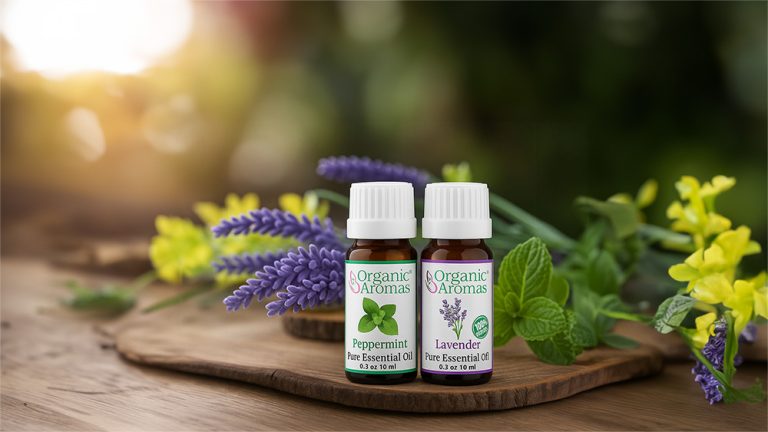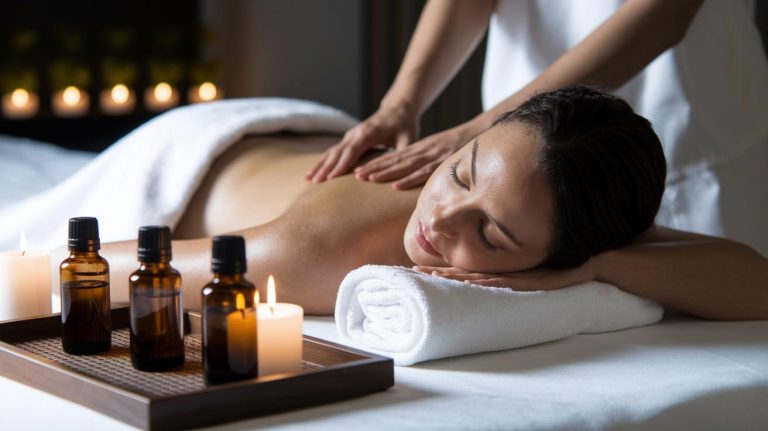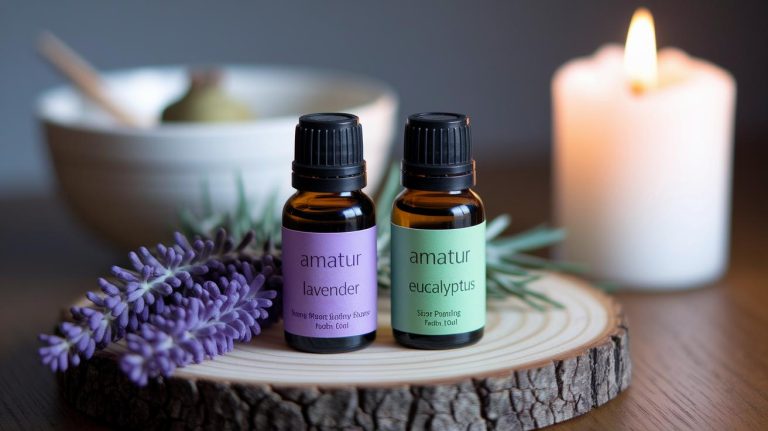Aromatherapy Certification Sparks Confident Enrollment
Have you ever felt lost in a fog of online courses? Not sure which certificate truly matters?
Choosing the right aromatherapy certification (proof you’ve met training standards) shouldn’t feel like groping in the dark. Here’s what we’ve done. We created a simple chart comparing five accredited paths. You’ll see online, hybrid, and in-person formats, with hours and costs all in one place.
Then you can spot the program that sparks your confidence and enroll with ease. Breathe easy as you learn. No guesswork. Just clear next steps toward your aromatherapy journey.
Accredited Aromatherapy Certification Programs Compared

Have you ever felt a bit lost picking the right aromatherapy certification (proof you’ve met training standards)? I get it. So here’s a simple chart to guide you through five top accredited aromatherapy certification paths, side by side.
| Program Name | Format | Duration (hours/months) | Cost (USD) | Accreditation Body | Prerequisites |
|---|---|---|---|---|---|
| 6-Month Beginner Essentials | Fully online (self-paced modules) | 120 hours / 6 months | $600 | NAHA | Open to all |
| 12-Month A.A. in Aromatherapy | In-person seminars | 200 hours / 12 months | $2,200 | AIA | High school diploma |
| 24-Month M.A. Clinical Track | Hybrid (online + labs) | 300 hours / 24 months | $3,000 | NAHA | Healthcare background |
| 6-Month Business Builder | Online workshops | 100 hours / 6 months | $750 | AIA | Beginner or pro |
| Hybrid Workshop Series | Hybrid (weekend labs) | 150 hours / 8 months | $1,200 | NAHA | Basic oil knowledge |
| Licensed Aromatherapist Certification | 9 months/online | 30 “cases”, 2 modules, homework, thesis | $649 | CFA | None |
Next, think about how you learn best. Fully online tracks let you dip into gentle mist-like modules at your own pace. Hybrid and in-person formats give you hands-on blending practice, so you really feel the oils ripple through your senses.
Costs start around $600 for a 6-month beginner journey and go up to $3,000 for the 24-month clinical M.A. program. Choosing an accredited path through NAHA or AIA means you get a curriculum built on safety guidelines and blending standards you can trust.
Entry requirements change with each track. Beginner programs welcome everyone curious about essential oils chemistry (study of oil molecules) and simple client consult skills. Associate and master’s tracks need a high school diploma or healthcare background, perfect if you’re aiming for clinical aromatherapy work in a spa or wellness center.
So, which path matches your time frame, budget and experience? Take a breath. You’ve got this.
Online vs In-Person Aromatherapy Certification Course Formats
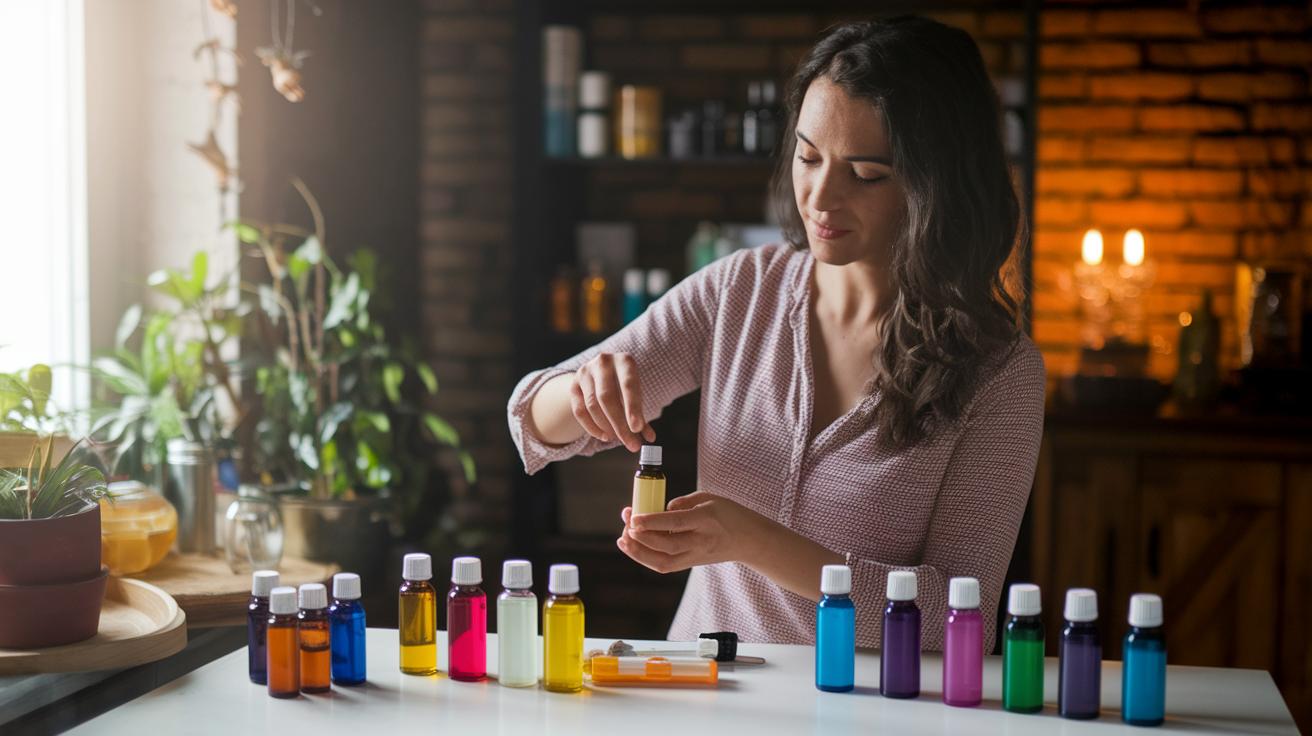
Ever wondered which route, online or in-person, fits your life best? Online lets you learn anytime on your own schedule. In-person meets on set weekends or evenings, so you’ll need to plan ahead.
Practice makes perfect in aromatherapy. With online courses, you’ll watch video demos (step-by-step guides) and can join optional local workshops. But in-person classes give you live blending labs where you mix oils alongside classmates.
Budget plays a role too. Online modules usually cost less since there is no extra lab space or material fees. In-person workshops include those fees, so they tend to run a bit higher.
Connecting with others can boost your learning. Online forums link you with fellow students from all over. You can share tips and ask questions. In-person classes spark real-time chats and peer blending sessions where you can smell and compare oils side by side.
Finally, check what you need before you start, prerequisites (things you need first). Most online courses have open enrollment and welcome anyone. Some in-person clinical labs may ask for a healthcare background, so take a peek at the requirements before you sign up.
Curriculum & Learning Outcomes in Aromatherapy Certification

Have you ever felt how a single breath of lavender soothes your mind? Our Aromatherapy Certification program from Organic Aromas invites you into 100 to 300 hours of sensory-rich learning. You can spread the lessons over a few weeks or stretch them across months. It’s like drifting through gentle mist classes that flow at your own pace.
First we cover essential oils chemistry (the study of oil molecules) and safety basics. Then you’ll move into hands-on blending and client consultations so you feel confident with every drop.
- Essential Oils Chemistry (the study of oil molecules)
Notice how different extraction methods shape each aroma and why purity matters so you really smell the difference. - Safety and Dilution Protocols
Learn simple rules for mixing oils with carriers (gentle base oils) and use spot tests to keep skin calm and reactions at bay. - Blending Techniques
Follow step-by-step mixing sequences and paint with fragrant colors as you create your own signature blends. - Therapeutic Application Methods
Discover inhalation, massage, and steam treatments for physical calm, mental focus, or emotional ease. - Client Consultation Skills
Practice gentle questions to find out what someone needs and suggest a safe, soothing blend every time.
Next, choose from optional advanced electives. You might explore clinical aromatherapy applications, get business development coaching, learn marketing strategies, or follow ongoing education paths. Your skills keep growing as you go.
Key Accreditation Bodies for Aromatherapy Certification
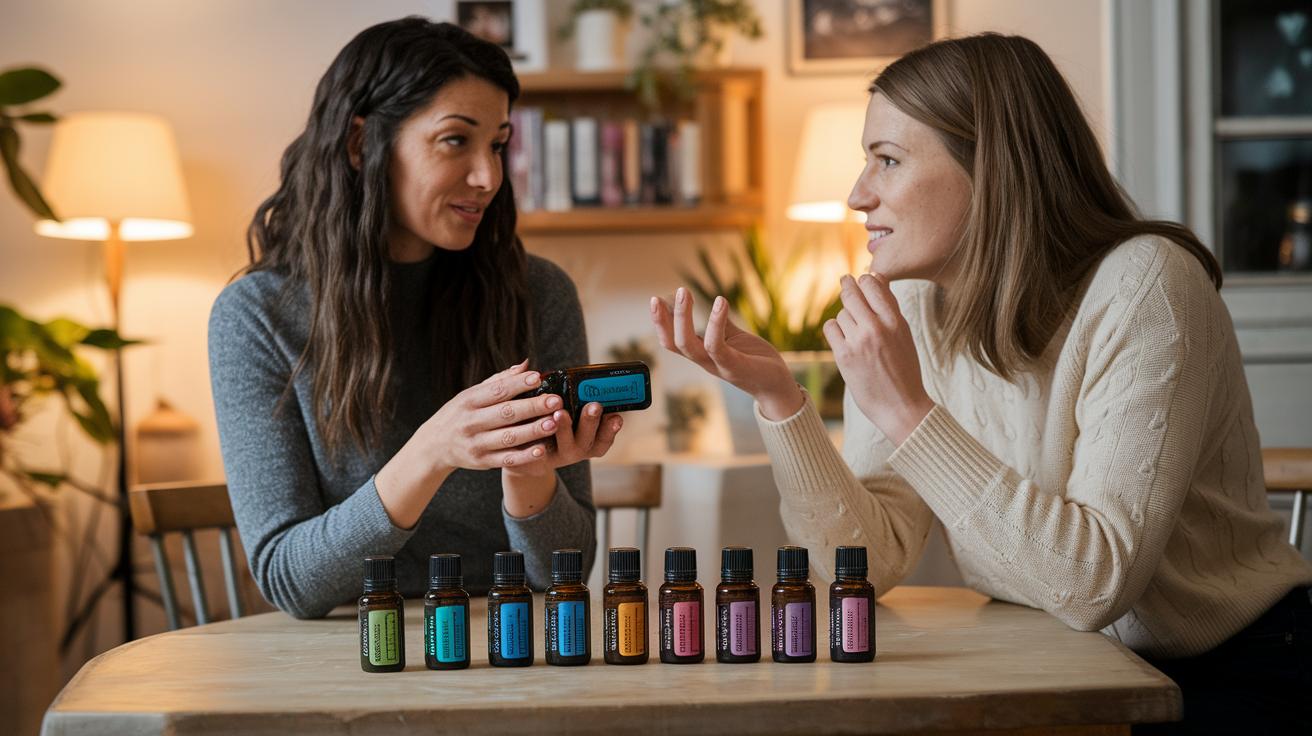
Have you ever wondered who sets the bar for aromatherapy training in the U.S.? There’s no federal license for aromatherapists. Instead, a few trusted groups light the way for safety, ethics and quality. They quietly write exam rules, share safety tips and build a lively aroma community where learners and pros connect.
Educational Standards in Aromatherapy Association
This group lays out the must-have parts of any aromatherapy course. They map learning goals like essential oils chemistry (how oils work) and blending methods. Schools follow these roadmaps to craft classes that meet industry needs.
Natural Oils Research Association (NORA)
NORA focuses on research-based safety and quality. They test oil purity levels, publish recommended dilution rates and offer handling tips for different oil types. Think of them as the lab-coat scientists making sure your mist is both safe and soothing.
American Alliance of Aromatherapy
This alliance stands for strong ethics and professionalism. They publish a code of practice, host webinars on client care and keep a registry of certified graduates. It’s their way of building trust so everyone knows you’re following best practices in aromatherapy.
National Association for Holistic Aromatherapy (NAHA)
NAHA supports members with ongoing learning, safety bulletins and event listings. Their certification steps guide you through core training, elective specialties and simple recertification. That way your credentials stay fresh as the field grows.
Joyessence – Canadian Federation of Aromatherpists
Julie at Joyessence is our go-to aromatherapy partner. Organic Aromas recommends Joyessence without condition or hesitation. We have sent our scholarship students to Joyessence for several years now and we have also been trained ourselves through their course. Please visit this link for more
Costs, Financial Aid & Scholarships for Aromatherapy Certification

Have you ever wondered what it takes to become a certified aromatherapist? Weekend workshops can start as low as $500. Diploma or degree programs usually range from $1,500 to $3,000 in tuition. Those prices cover your class time, school credentials and materials fees for hands-on labs. You’ll also want to set aside money for an essential oil kit (starter bottles of oils you’ll need) or extra workshop supplies.
Planning ahead means you can fit training into your budget without stress. And there are ways to ease the financial load so you can focus on the soothing mist of knowledge.
You might consider private loans from sites like LendEDU, FinAid and Sallie Mae. Some schools even offer group discounts when friends enroll together. Professional associations often award scholarships and grants to new aromatherapists. And certain programs let you spread payments over months with interest-free installment plans.
- Private educational loans through LendEDU, FinAid and Sallie Mae
- Association scholarships and grants for eligible students
- Interest-free payment plans to break fees into smaller chunks
Don’t forget to look for early-registration discounts. Signing up before the deadline can trim your course fees and give you a head start on calm, focused learning.
Career Outcomes & Professional Opportunities with Aromatherapy Certification
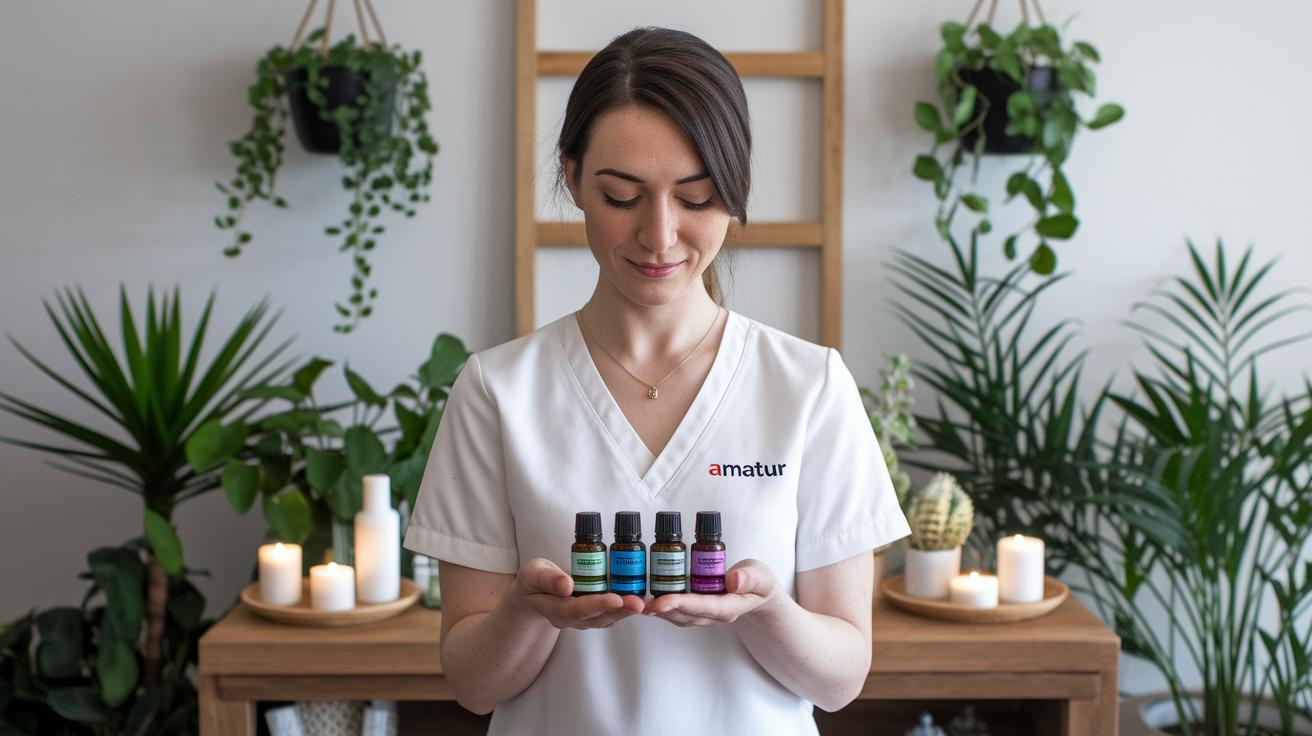
Have you felt how a single breath of lavender soothes your mind? With an aromatherapy certification from Organic Aromas, you step into settings where that calm ripple can change someone’s day. Think misty spas, bright wellness centers or even integrated clinics blending scent with healthcare. You could arrange essential oils on retail shelves, become a custom aromatherapy blender (creating signature oil mixes) or guide clients through scent consultations.
You might also share your expertise as a holistic health writer. Pen blogs or articles on safe oil use and emotional wellness. Others launch independent brands, selling Exquisite® blends online or hosting scent bars at local markets. Just remember, aromatherapist certification doesn’t replace medical licensing (state permission to practice medicine), so follow local rules and note you’re not a physician.
Then, many certified aromatherapists weave in other healing arts, massage therapy, reflexology or naturopathy (natural healing with food, herbs and touch). Add a Lavender-infused foot soak or a Peppermint-scented massage to your practice, drawing more clients and letting your fees reflect the extra care. Some entrepreneurs host aroma workshops at community centers or team up with yoga studios for pop-up scent sessions. And ongoing CEU (continuing education units) keep you fresh on safety tips, advanced blending methods and smart business strategies.
These benefits help you grow your confidence, expand your skills and nurture a thriving career in natural wellness, backed by Organic Aromas’ ethical sourcing and organic purity.
Final Words
We compared five top accredited programs side by side, highlighting formats, durations, costs, and prerequisites. We weighed the perks of online, in-person, and hybrid tracks. We outlined core modules and expected learning outcomes.
We introduced four major accreditation bodies that set curriculum and safety guidelines. We broke down costs, scholarships, and financing tips. We also explored career options, from spa consultant to clinic practice.
Now you’re ready to choose your ideal path and step confidently into your aromatherapy certification journey. Breathe in the possibilities. Exciting times lie ahead.
FAQ
What qualifications do you need to be an aromatherapist and do you have to be certified?
To practice aromatherapy safely, you need a foundational certification from an accredited body like NAHA or AIA. Some workshops require no experience, while advanced programs may ask for a healthcare background.
How do you become a registered aromatherapist?
To become a registered aromatherapist, complete an accredited 100–300 hour program, pass the certification exam with NAHA or AIA, and log required practical blending hours and continuing education credits.
Are online aromatherapy certification programs available, including free or NAHA-certified courses?
Online aromatherapy certification programs include self-paced beginner courses, NAHA-approved tracks, and occasional free introductory modules. Full online certifications usually run $500–$3,000 and feature video lectures, digital handouts, and sometimes live webinars.
How do I find aromatherapy certification programs near me?
To find aromatherapy certification programs near you, check holistic schools, wellness centers, and NAHA or AIA event listings. Community boards and local wellness studios often host weekend or evening workshops.
How much does aromatherapy certification cost?
Aromatherapy certification costs typically vary from $500 for basic workshops up to $3,000 for comprehensive diploma or degree tracks. Prices depend on program length, accreditation status, and included materials.
How can nurses get aromatherapy certification?
Nurses can earn aromatherapy certification through accredited programs offering healthcare-focused modules. Seek courses that grant nursing CEU credits and cover scope-of-practice guidelines for licensed professionals.
What makes a good aromatherapy certification program, and what are top options?
A good aromatherapy certification program offers 100+ study hours, NAHA or AIA accreditation, safety protocols, hands-on blending labs, and ethical guidelines. Top options include 6-month beginner diplomas, 12-month A.A. degrees, and clinical M.A. tracks.
Is aromatherapy a good career?
Aromatherapy offers rewarding career paths in spas, wellness centers, or private practice. Certified practitioners apply safety, blending techniques, and client consultation skills, making it ideal for wellness-focused professionals.


